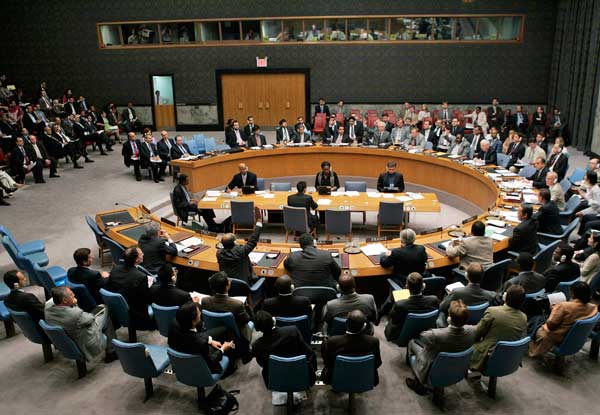High levels of concern about fake news have led to fact-checking by Australian news consumers.
The Digital News Report: Australia 2019 finds 62% of Australian news consumers say they are worried about what is real or fake on the internet, which is much higher than the global average (55%).
The report also shows that concern about fake news is strongly linked to news avoidance and news fatigue. Two thirds of those who are concerned are also more likely to avoid news. And almost eighty per cent (79%) of those who worry about the veracity of online content say they are also worn out by news.
The 2019 report also finds 70% of news consumers who are interested in politics are more concerned about what is real and fake on the internet.
On a positive note, the report shows news consumers are beginning to take more action to counter their concern about fake news.
- 36% say they checked several different sources to check the accuracy of a story;
- 26% say they have started to use more reliable sources of news;
- 22% say they have stopped using unreliable sources;
- 22% say they decided not to share a story they were unsure about; and
- 20% say they stopped paying attention to a story shared by someone they didn’t really trust.
DNR Australia Project leader Dr Caroline Fisher says these findings hold good and bad news.
“The fact that news consumers are thinking harder about the news they are reading and sharing is really important. It gives us an indication that the high level of public debate about ‘fake news’ and education about how to detect and combat it, are having a positive impact on people’s online behaviour.
“However, there is a still a large group of news consumers who are not taking steps to verify news, particularly those with lower levels of education, and lower interest in news and politics. This poses a challenge for news organisations and policy makers to find ways to engage these Australians,” she said.
The Digital News Report: Australia 2019 also finds:
News performance: Australians have given the news media a mixed report card. 66% think the news media does a good job keeping them up to date and 57% think they do a good job explaining events. However, less than half (45%) think they are holding the power to account; 44% say it is often too negative; and only 25% say the stories are relevant to their lives.
News avoidance and fatigue: The proportion of Australians avoiding news has increased from 57% in 2017 to 62% in 2019, and 28% say they are worn out by the volume of news. Eighty-eight per cent of those who are worn out by news, also avoid it.
Interest in news and politics: The proportion of Australians who say they are interested in news has dropped from 64% in 2016 to 58% in 2019; and 65% of Australians say they have a low interest in politics.
Australians would rather pay for Netflix than news: Australian news consumers would rather subscribe to a video streaming service, such as Netflix (34%), than pay for online news (9%), according to new research.
There is a gender ‘paying gap’: Ten per cent of women pay for online news compared to 17% of men. Overall, 14% pay for online news which is close to the global average (13%).
Global comparison: Australians are the ‘lightest’ news consumers. Out of 38 countries 48% of Australians consume news once a day or less which is much higher than the global average (34%).
Educational and generational divide: The report highlights the division between news consumers based on education and income. Consistently, those with lower education and income consume less news, are less interested, are less likely to pay, and less likely to fact-check news. Generational differences in news consumption can be seen in all aspects of news consumption, most starkly in the use of social media. Almost half of generation Z (47%) use social media as their main source of news, and about one-third of generation Y (33%) do. Whereas older generations continue to rely on traditional offline sources of news.
Download the full report .
Contact the University of Canberra media team:
Megan Reeder Hope, Associate Director, Media and Communications







